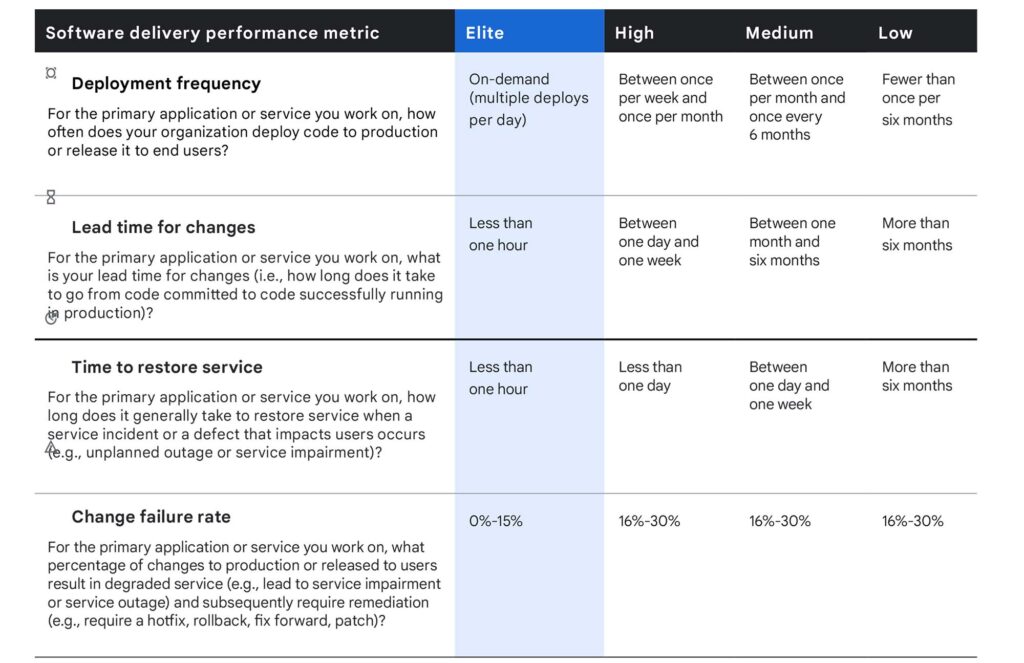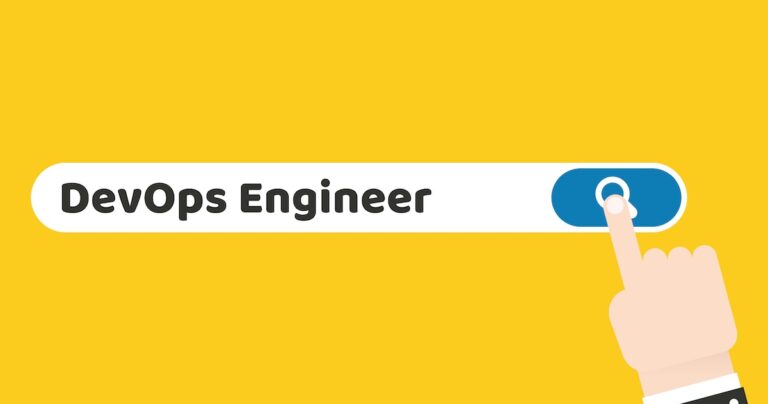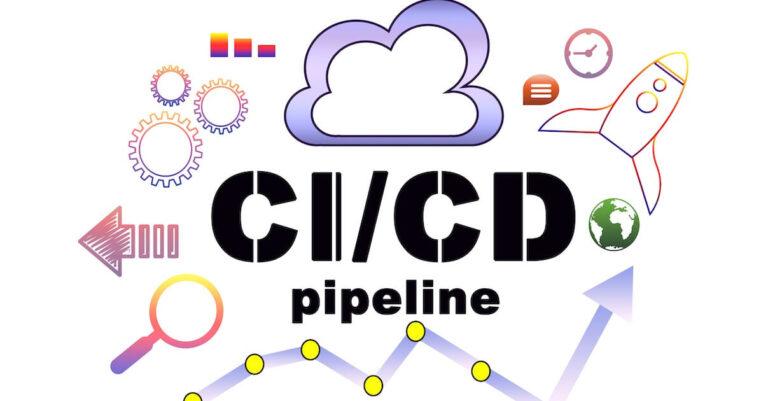A company’s DevOps maturity model has a direct relation with its software delivery model that supports their brand differentiating and revenue-generating applications. Although, so much investment has been made into DevOps adoption and agile automation to make processes and release management more streamlined, frequent, and responsive. Still many organizations have not achieved the promised state of DevOps and find transformation to DevOps maturity a constant challenge.
Whether your company is in the middle level or struggling to reach the elite level, continue reading. In this post, we will examine DevOps maturity and explore all levels of DevOps. Then it walks you through the key steps to how you can plan your strategy to move up to elite DevOp maturity level.
Understanding DevOps Maturity
DevOps maturity level highly relies on a company’s competence to adopt and respond to internal and external feedback. And to achieve that competency, DevOps implementation strategy heavily relies on automated processes and establishing best practices that streamline the SDLC. DevOps focuses on bringing quality software by accelerating time-to-value. It achieves such goals by promoting collaboration across teams and bridging the communication gap and silos that have a stake in the development outcome. Therefore, DevOps helps enable companies to build technology faster and gain a competitive edge.
Levels of DevOps Maturity
According to the DORA (DevOps Research and Assessment) program, a Google Cloud DevOps research team, a company can be at one of the fourth stages of DevOps.
| Low Level Maturity | Manual procedures used by teams carry a high risk of human mistake. |
| Medium Level Maturity | To automate configuration management and help mitigate human error in manual setup, teams employ scripting tools. |
| High Level Maturity | To reduce human error in the deployment process, teams use completely automated deployment solutions. |
| Elite Level Maturity | Continuous deployments—continuous integration (CI) and continuous delivery (CD)—and testing are used by teams to automatically push changes into production. |
While interacting with clients across industries, we have also identified companies at one of the stages and are struggling to move to another level to improve their technical and cultural capabilities to drive improved performance. All they aim is to achieve speed, stability, availability, and security of their software delivery capability but clueless with the bullet-proof next step to adopt and integrate a new process.
What Is DORA Metric?
Since DORA metrics were discussed above as a way to determine the DevOps maturity level of an organization, let’s also learn what DORA metrics are and how they assist businesses in comprehending the steps necessary to effectively provide and create technical solutions.
The DORA methodology primarily examines four critical metrics that are distributed throughout the two primary DevOps categories. When evaluating DevOp speed, Mean Lead Time of Changes and Deployment Frequency are employed, whereas Mean Time to Recovery and Change Failure Rate are used to evaluate stability.
Companies are categorized as elite, high performers, medium performers, or low performers based on how they perform in each of these areas.
3 Steps To Achieve Elite Level DevOps Maturity For Your Organization
Since most organizations understand integrating automation into their agile processes and establishing CI/CD pipelines with version control repositories would help them leverage DevOps advantages but that’s the one side of a DevOps coin. DevOps is much more than automation and streamlining processes. Therefore, to achieve an elite level of DevOps maturity, you should follow these essential steps:
Identify Your DevOps Maturity Level
As mentioned above in the table, you can be at one of the four stages of devops maturity model. Here, what you need is to know where you are standing and what level of maturity you need to acquire. Always remember that all efforts should be achieved at an elite level and this can also be achieved in a phased approach. Consider the following scenarios and decide your objectives for moving up your level of maturity. Suppose your team has adopted health check and monitoring with basic configuration management tools. Then there is a team that along with health checks and monitoring has adopted an automated CI/CD pipeline. Now this third team has shifted security to the left with DevSecOps and embedding security operations across the DevOps process. There is another team that has implemented AI-driven automation and zero touch deployment. Based on the analysis and assessment of your current state of software supply chain and operations, you can decide your objective to level up your processes.
Move for Data-Driven goals
Google with DORA has provided a better way to assess and decide objectives for DevOps maturity model. It focus on four key areas:
Deployment frequency: How often do you want to deploy code to production?
Lead time for changes: How long can you wait from code committed to code running into a production server?
Time to restore services: Average time you want your services to be restored.
Change failure rate: How often deployment failures occur in production that require immediate remedy.
Henceforth, you can build data-driven goals to be specific with your efforts, outcomes, and strategies. For example, you want to reduce time to restore services from low, medium or high level of less than one day to less than one hour of elite DevOps maturity, you can define your performance metrics and clear goals to level up your process until you reach the elite DevOps maturity.

Calculating DORA metrics to systems-level calculations
Focus on Driving Outcomes
DevOps focuses on lean business practices to determine the value of software development and delivery efforts and resources. That’s why it advocates to keep an eye on everything happening around people, processes, and technologies. Henceforth, you must establish continuous measurement, continuous compliance, and continuous governance within your organization if you want to achieve elite level. It helps you plan better and make decisions with the help of data points and data analysis using which you can identify what’s working well and what needs improvement. Since elite DevOps are meant to be a completely automated CI/CD pipeline, you must adopt to always-on compliance possible with policy as code ensuring continuous security and testing and other key components of the DevOps. AI-driven insights and recommendations are also the fastest growing components of DevOps maturity model to help produce a continuous governance engine and enable elite level use-cases such as customer experience optimization, AI-driven demand management, automated incident categorization and routing and traceability of lots more lifecycle components.
Why Should You Strive For Elite Level DevOps Maturity?
Elite level DevOps maturity helps organizations achieve business agile and IT resilience where they continuously improve their processes, technologies and methodologies to respond promptly to internal and external needs or competitive threats. Have a look some of the top advantages of becoming an organization operates through elite DevOps maturity model components:
- 24x7x365 assessments of DevOps ecosystems
- Increased customer experiences
- Root-cause analysis and self-healing practices with data-driven insights
- Guardrails for security, compliance, and governance
- Shifting security left and embedding it across CI/CD through DevSecOps practices
- Faster solution implementations
- Enriched analytics with actionable insights
Since the advantages are worthy goals and achievable with cloud-native technologies, organizations must include these in their DevOps maturity ladder.




